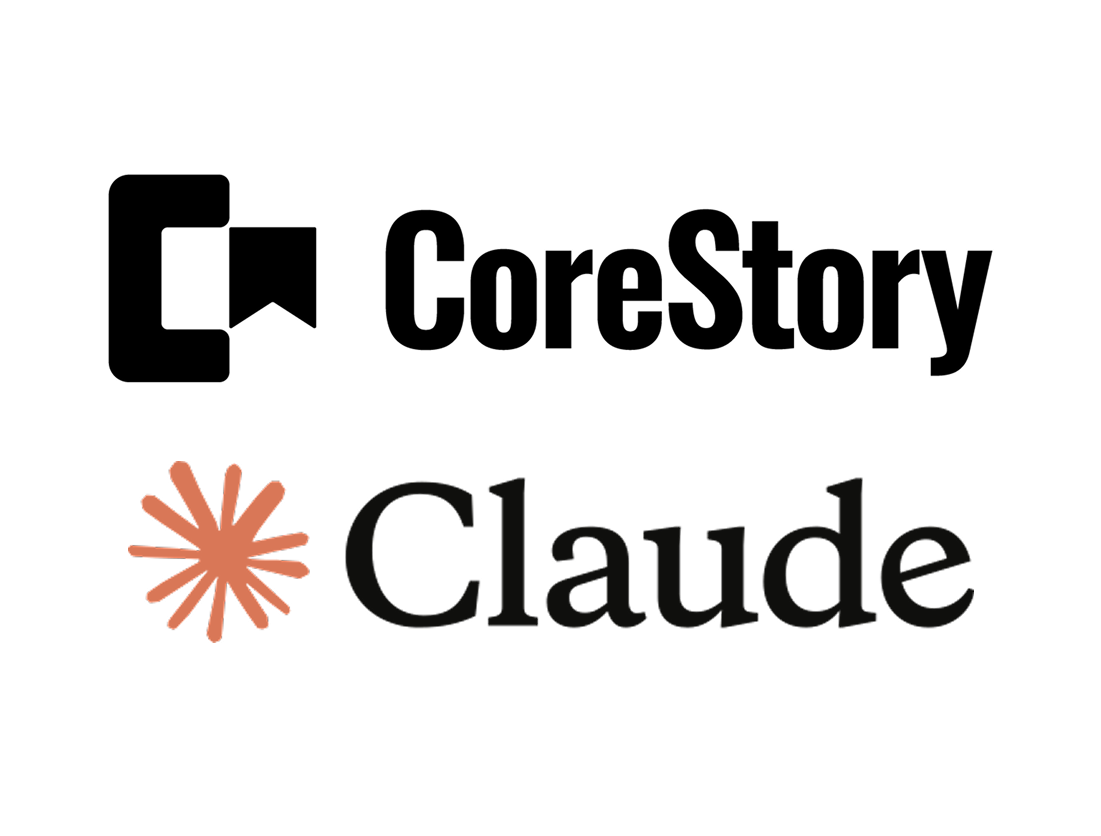Bring specs, code, and AI into a single workflow
We’re introducing the Spec-Driven Development with CoreStory + Spec Kit Playbook for teams that want AI to help them plan and ship work that actually fits their architecture. This playbook shows how to connect CoreStory to GitHub’s Spec Kit so specifications, plans, and tasks are generated from the system you already run—not from a greenfield fantasy.
The aim: fewer “rewrite the rewrite” moments, more first-time-right delivery.
Why we built this
Specs often drift away from both code and reality. By letting CoreStory extract real patterns, invariants, and integration points from your repo, then feeding that into Spec Kit, we can tie your planning workflow directly to how your system behaves today. The playbook packages that into an end-to-end flow from high-level constitution through tasks and implementation.
Teams can realistically target faster time-to-production and significantly less architectural rework when they follow this pattern.
What this playbook helps you do
With this playbook, you’ll be able to:
- Use CoreStory to analyze existing architecture, interfaces, and dependencies
- Have Spec Kit generate specifications and plans that mirror those patterns
- Turn specs into actionable task lists that reference concrete files, interfaces, and contracts
- Maintain design invariants and interface contracts throughout implementation
It’s spec-driven development anchored in real code instead of slideware.
What’s inside
You’ll find:
- A concise, role-based guide with quick start and prompt library
- Validation gates for each stage: Constitution → Specification → Planning → Tasks → Implementation
- Practical quality controls: design invariants, interface contracts, dependency checks
- A step-by-step outline of how to reference exact sources—file:line citations, call-graph notes, schema references—in prompts and specs
Who this is for
This playbook is designed for architects, tech leads, and platform teams who are expected to keep architecture coherent while embracing AI-driven planning. If your team is experimenting with Spec Kit or similar tooling and wants a deeply grounded approach, this is your starting point.
How to get started
Connect a representative repo to CoreStory, wire Spec Kit into that repo, and follow the playbook’s path on a single feature or project. Measure time-to-production and rework against your existing process—you’ll quickly see that spec-driven development should be your default workflow.

.svg)

.png)

.png)
